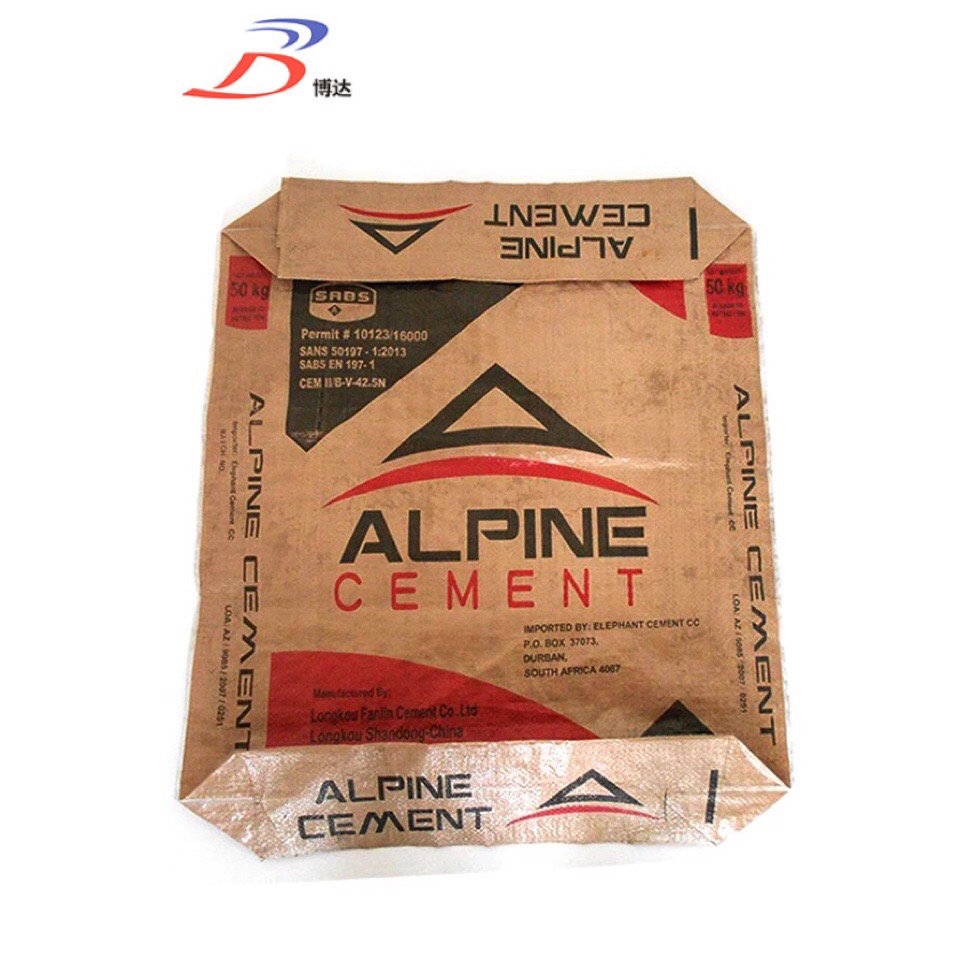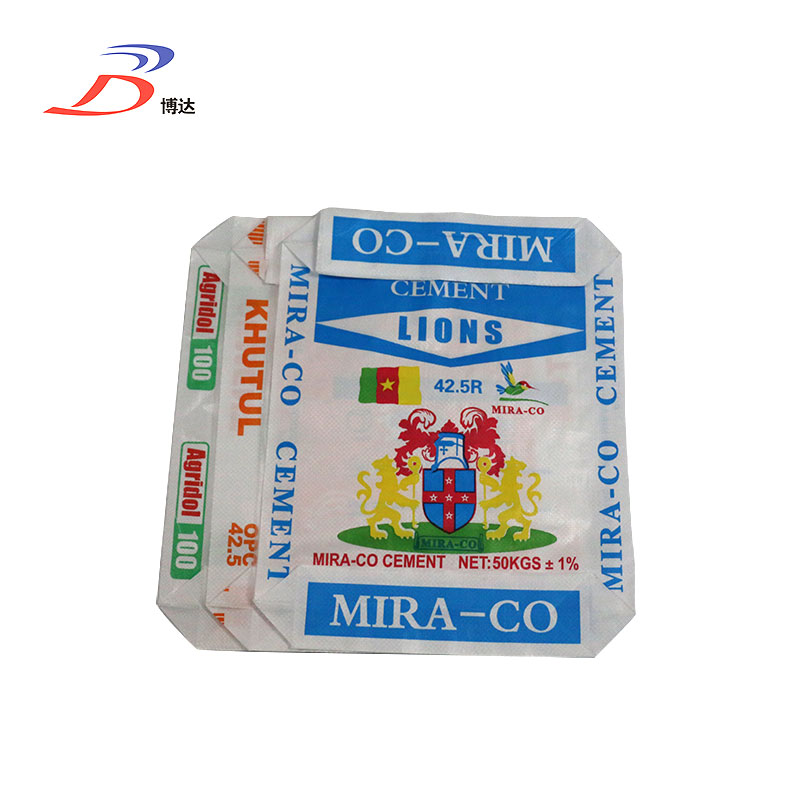Chicken Newcastle Disease Antibody (NDV-Ab) ELISA Kit Instructions
Chicken Newcastle Disease Antibody (NDV-Ab) ELISA kit can only be used for scientific research, not for medical diagnosis
Detection principle: The kit uses double-antibody one-step sandwich enzyme-linked immunosorbent assay (ELISA). To the coated microwells pre-coated with antigen, add the specimen, standard, HRP-labeled detection antigen in sequence, incubate and wash thoroughly. The color is developed with the substrate TMB, which is converted into blue under the catalysis of peroxidase and into the final yellow under the action of acid. The color depth is positively correlated with the Newcastle disease antibody (NDV-Ab) in the sample. The absorbance (OD value) was measured with a microplate reader at a wavelength of 450 nm, and the sample concentration was calculated.
Sample collection, processing and storage methods:
1. Serum: Use a test tube that does not contain pyrogens and endotoxins. Avoid any cell stimulation during the operation. After collecting blood, centrifuge at 3000 rpm for 10 minutes to quickly separate the serum and red blood cells carefully.
2. Plasma: EDTA, citrate or heparin anticoagulation. Take the supernatant by centrifugation at 3000 rpm for 30 minutes.
3. Cell supernatant: centrifuge at 3000 rpm for 10 minutes to remove particles and polymer.
4. Tissue homogenate: Add tissue to normal saline and mash. Take the supernatant by centrifugation at 3000 rpm for 10 minutes.
5. Preservation: If the sample is not tested in time after collection, please aliquot it in one dose and freeze it at -20 ℃ to avoid repeated freezing and thawing. Thaw at room temperature and ensure that the sample is thawed evenly and fully.
Bring your own items:
1.37 ℃ thermostat
2. Microplate reader (450nm)
3. High-precision sampler and tip: 0.5-10uL, 2-20uL, 20-200uL, 200-1000uL
Operation notes:
1. Store the kit at 2-8 ° C and equilibrate at room temperature for 20 minutes before use. The concentrated washing liquid taken out of the refrigerator will have crystals, which is a normal phenomenon. The water bath is heated to completely dissolve the crystals before use.
2. The slats not used in the experiment should be immediately returned to the ziplock bag, sealed (dried at low temperature) and stored.
3. The S0 standard with a concentration of 0 can be regarded as a negative control or blank; the sample has been diluted 5 times when operated according to the instructions, and the final result is multiplied by 5 to be the actual concentration of the sample.
4. Carry out the incubation operation strictly in accordance with the time, amount of liquid and sequence indicated in the manual.
5. Shake all liquid components thoroughly before use.
Chicken Newcastle Disease Antibody (NDV-Ab) ELISA kit composition:
Name 96-well configuration 48-well configuration remarks
Microwell microplate 12 well × 8 strips 12 well × 4 strips None
Standard product 0.3mL * 6 tube 0.3mL * 6 tube
Sample diluent 6mL 3mL None
Detection antigen-HRP 10mL 5mL None
20 × Washing buffer 25mL 15mL Dilute according to the instructions
Substrate A 6mL 3mL None
Substrate B 6mL 3mL None
Stop solution 6mL 3mL None
Sealing film 2 sheets 2 sheets without
Instructions 1 copy 1 copy
1 ziplock bag 1 no
Note: The concentration of standard products (S0-S5) is: 0, 100, 200, 400, 800, 1600 pg / mL
Preparation of reagents: dilution of 20 × washing buffer: 1:20 dilution of distilled water, ie 1 part of 20 × washing buffer plus 19 parts of distilled water.
Washing method:
1. Manually wash the plate: throw away the liquid in the hole, fill each hole with the washing liquid, leave the hole in the hole for 1min, shake off the liquid in the hole, pat dry on absorbent paper, and wash the plate 5 times in this way.
2. Automatic plate washing machine: Inject 350μL of washing liquid into each well, soak for 1min, and wash the plate 5 times.
Steps:
1. Remove the required slats from the aluminum foil bag after 20 minutes of room temperature equilibration. The remaining slats are sealed in a self-sealing bag and placed back at 4 ° C.
2. Set up standard wells and sample wells, add 50μL of standard products of different concentrations to the standard wells;
3. Add 10 μL of the sample to be tested to the sample well, and then add 40 μL of the sample diluent; no blank well.
4. In addition to the blank wells, add 100 μL of detection antigen labeled with horseradish peroxidase (HRP) to each of the standard wells and the sample wells, seal the reaction wells with a sealing film, and incubate in a 37 ° C water bath or incubator 60min.
5. Discard the liquid, pat dry on absorbent paper, fill each well with washing liquid, let stand for 1 min, shake off the washing liquid, pat dry on absorbent paper, and repeat washing the plate 5 times (you can also wash the plate with a washing machine).
6. Add 50 μL of substrate A and B to each well, and incubate at 37 ° C for 15 min in the dark.
7. Add 50μL of stop solution to each well, and measure the OD value of each well at 450nm wavelength within 15min.
Judgment of results: Draw standard curve: In the Excel worksheet, the standard product concentration is used as the abscissa, and the corresponding OD value is used as the ordinate. The standard product linear regression curve is drawn, and the concentration value of each sample is calculated according to the curve equation.
Kit performance:
1. Accuracy: The correlation coefficient R between the linear regression of the standard product and the expected concentration is greater than or equal to 0.9900.
2. Sensitivity: The lowest detection concentration is less than 10pg / mL.
3. Specificity: Does not cross-react with other soluble structural analogs.
4. Repeatability: The coefficients of variation within and between plates are less than 15%.
5. Storage: Store at 2-8 ℃, protected from light and moisture.
6. Validity: 6 months
Our Valve cement sack come with block bottom shape that can minimize space for storage and during transportation process, combined with valve for easy filling, especially for cement industry that is commonly using rotary packer to maximize their filling capacity.
Block Bottom Ingredient Bag is also stronger and more durable than multi-ply kraft paper or PP woven sandwiched kraft paper cement bag.
PP putty sack is generally made from 100% PP Woven Fabric+Pe coated film. PP cement Bag with only 1 ply high tenacity laminated woven PP fabric that is fully recyclable so it means the bag is more eco friendly.
|
No.
|
Item
|
Specification
|
|
1
|
Shape
|
tubular by starlinger
|
|
2
|
Length
|
300mm to 600mm
|
|
3
|
width
|
430mm to 910mm
|
|
4
|
Top
|
hot air welding
|
|
5
|
Bottom
|
hot air welding
|
|
6
|
Printing type
|
Gravure printing on one or two sides, up to 8 colors
|
|
7
|
Mesh size
|
10*10,12*12,14*14
|


Block Bottom Valve Bags
Feed Sack Bags,Block Bottom Valve Bags,Wall Putty Powder Bag,Cement Packing Bag
Shijiazhuang Boda Plastic Chemical Co., Ltd. , https://www.ppwovenbag-factory.com

